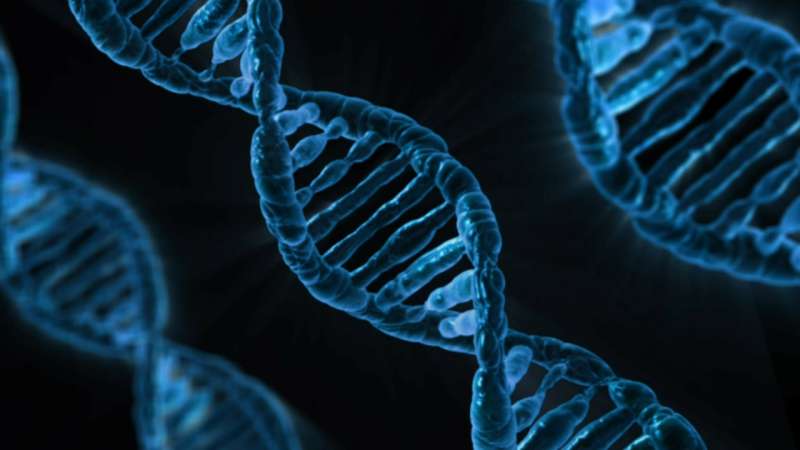Grainyhead, a master regulator that controls DNA access

A team led by Prof. Stein Aerts (VIB-KU Leuven) has reported how access to relevant DNA regions is orchestrated in epithelial cells. These findings shed new light on the biological mechanisms of gene regulation and open up potential new avenues for cellular reprogramming.
At any given time, the majority of DNA in the cell nucleus is wrapped around histone proteins and stacked into chromatin. This conserves space, but also allows for the dynamic regulation of gene expression. So-called pioneer factors can directly bind condensed chromatin, making specific regions of the DNA accessible and enabling the regulation of nearby genes.
Stein Aerts, professor at VIB-KU Leuven, is interested in understanding the fine-tuned processes that govern this regulation. "Over the last decade, we have seen a shift from studying genes to studying gene regulation. Now that we can systematically profile genomes, epigenomes and transcriptomes, the challenge is to discover the rules that link DNA sequence with chromatin state and gene expression. In other words, we try to disentangle the regulatory code of our genome."
Aerts and his team set out to study how DNA sequence information, chromatin accessibility and gene expression are linked in epithelial cells. These cells line the outer surfaces of organs and form the outer layer of the skin.
Jelle Jacobs, doctoral student in the Aerts lab, explains: "Using a combination of computational biology and in vivo experiments, we found that access to the DNA regions that are relevant for epithelial cells is governed by a protein called grainyhead. Grainyhead is necessary to 'unlock' these specific DNA regions, which in turn allows other players to move in and turn genes on or off."
The scientists started their research in fruit flies, but could confirm that a similar mechanism is at play in humans. Jacobs says, "Our results provide strong evidence for a hierarchical model of gene control, with grainyhead at the top, that is conserved across all animals."
Previous research has shown that in the absence of grainyhead, developmental problems arise and wound healing is disturbed. Loss of grainyhead has also been linked to increased cancer metastasis. Explaining these observations was tricky, as relevant genes were found to be upregulated in one instance, but downregulated in another.
These earlier findings make more sense now that grainyhead is known to sit at the very top of the regulatory hierarchy in epithelial cells. It essentially acts as a key that can be used to access the relevant DNA regions.
According to Aerts, such knowledge could be extremely useful. "We can now explore if we can use this lock-and-key system to open up or close off other parts of the genome in a controlled way as well. This could be helpful, for example, in regenerative medicine, to direct cells to turn on specific genetic programs for skin cells or any other type of cells."
Genes identified in fruit flies are often named after the characteristics of the mutant fly. When the grainyhead gene is absent, fly embryos are not viable, but mutations lead to embryos with "grainy" and discontinuous head skeletons.
More information: Jelle Jacobs et al. The transcription factor Grainy head primes epithelial enhancers for spatiotemporal activation by displacing nucleosomes, Nature Genetics (2018). DOI: 10.1038/s41588-018-0140-x
Journal information: Nature Genetics
Provided by VIB (the Flanders Institute for Biotechnology)




















